Do you like hydrangea flowers? Are hydrangeas common worldwide?

In the Kamakura area, there are many beautiful temples and shrines known for hydrangeas. Among them, the vicinity of Hase and Gokurakuji stations on the Enoshima Electric Railway is especially renowned as a battleground of hydrangeas. So, on June 20th, I went to Hasedera.
The grounds of Hasedera are beautiful and enjoyable in any season, making it highly recommended even for tourists from overseas!
About Hasedera
Hasedera is a famous temple located near Hase Station on the Enoshima Electric Railway. It’s about a 5-minute walk from the station. When I visited on a weekday, it was bustling with school trip students and tourists.
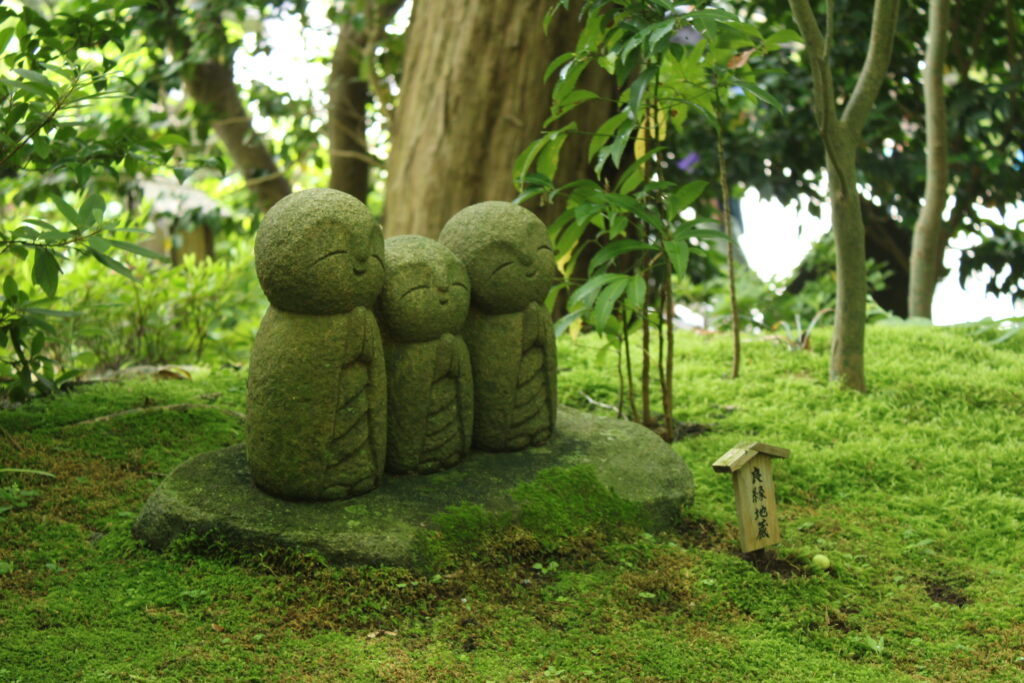
Founded in 736 AD, it’s one of the oldest temples in Kamakura with a history dating back centuries. It belongs to the Jodo sect of Buddhism. Hasedera is known for a famous legend associated with its Kannon statues.
According to temple tradition, the founding monk Tokudo Shonin discovered a huge camphor tree deep in the mountains of Hatsuse in Yamato Province (Nara Prefecture),and he created two statues of Kannon. One statue became the Kannon statue of Hasedera in Yamato, and the other, imbued with the wish to save all beings, was set adrift at sea. It eventually washed ashore in Nagaiura on the Miura Peninsula and was enshrined at Hasedera.
It’s romantic to think it drifted all the way from Nara! Since Nara also has an Eleven-Faced Kannon statue, I’d love to compare them sometime!
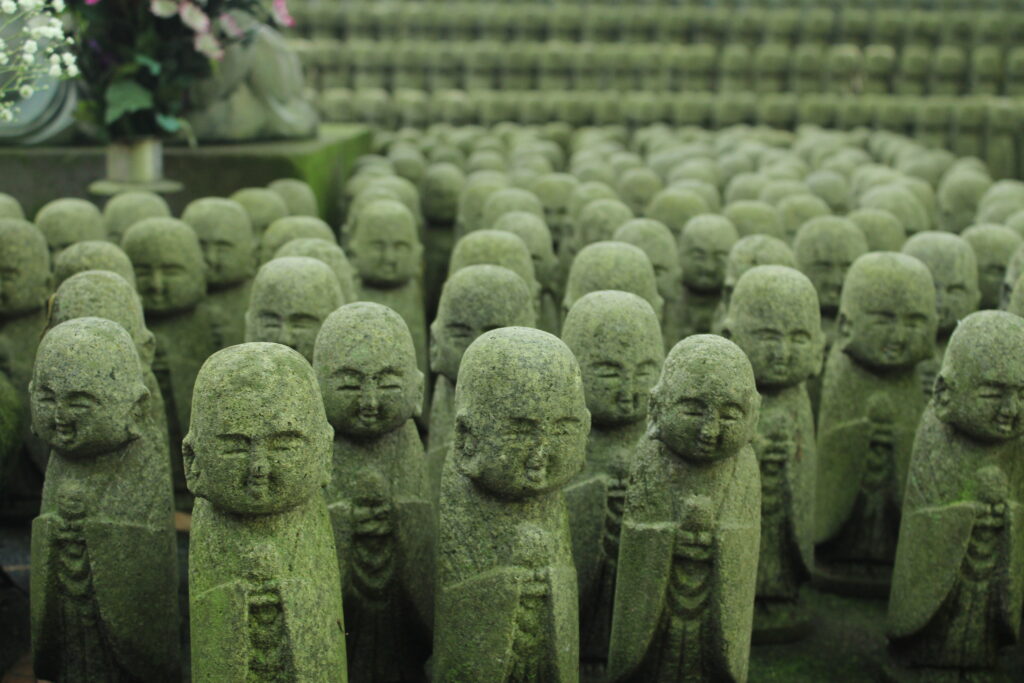
Highlights of Hasedera
One of the distinct features of Hasedera is its meticulously maintained and beautiful grounds. With seasonal flowers and plants that bloom throughout the year, it offers enjoyment no matter when you visit!
Let’s explore each highlight in detail.
Beautifully Maintained Grounds
Upon entering Hasedera, you’ll encounter several ponds where water flows gently from upstream, creating a soothing and cool atmosphere, especially refreshing from early summer to midsummer. The presence of maple trees around the ponds also suggests that the autumn foliage here must be stunning.

While not flashy, even the moss and gravel in the photos below have a certain charm, don’t you think?

There are also potted plants with greenery that, though I’m not sure what they are, personally, I find them quite appealing, so I took a photo. What do you think?

Kakei was also there.

Daikokudo Hall
Now, as you proceed to the right after entering the temple grounds, you’ll come across the Daikokudo Hall. Inside, you’ll find Daikoku-ten.
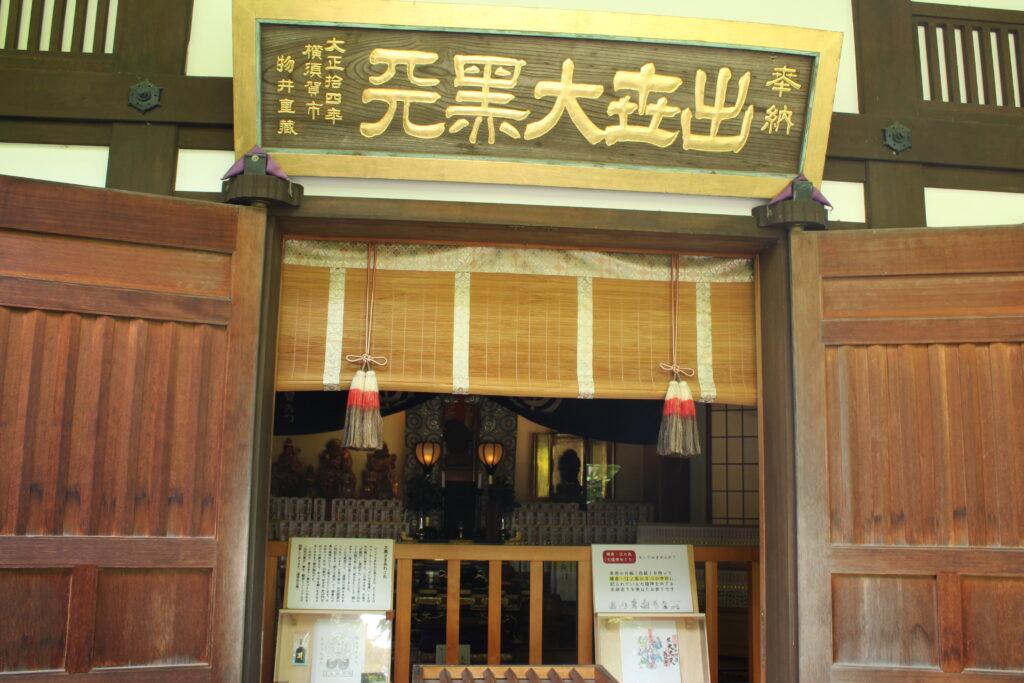
The photo below shows Daikoku-ten. I managed to capture a wonderful atmosphere in the photo! Do you know about Daikoku-ten? Actually, he’s a deity known for bestowing prosperity and good fortune, considered one of the Seven Lucky Gods! He definitely gives off an aura of wealth, right?

In Kamakura and Enoshima, there are several temples and shrines housing the Seven Lucky Gods, so it’s a good idea to do a “Seven Lucky Gods pilgrimage” to boost your luck!
Benten Kutsu (Benten Cave)
Beyond the torii gate in the photo below lies a cave known as Benten Kutsu. Inside, you’ll find sculptures of Benzaiten and others carved into the walls. It’s a shame that it’s too dark to take good photos. The quiet atmosphere and splendid sculptures create an otherworldly ambiance. However, it’s a bit dark and damp inside, so entering alone might be a little scary! It gives you a bit of an exciting, suspenseful feeling like something might pop out!
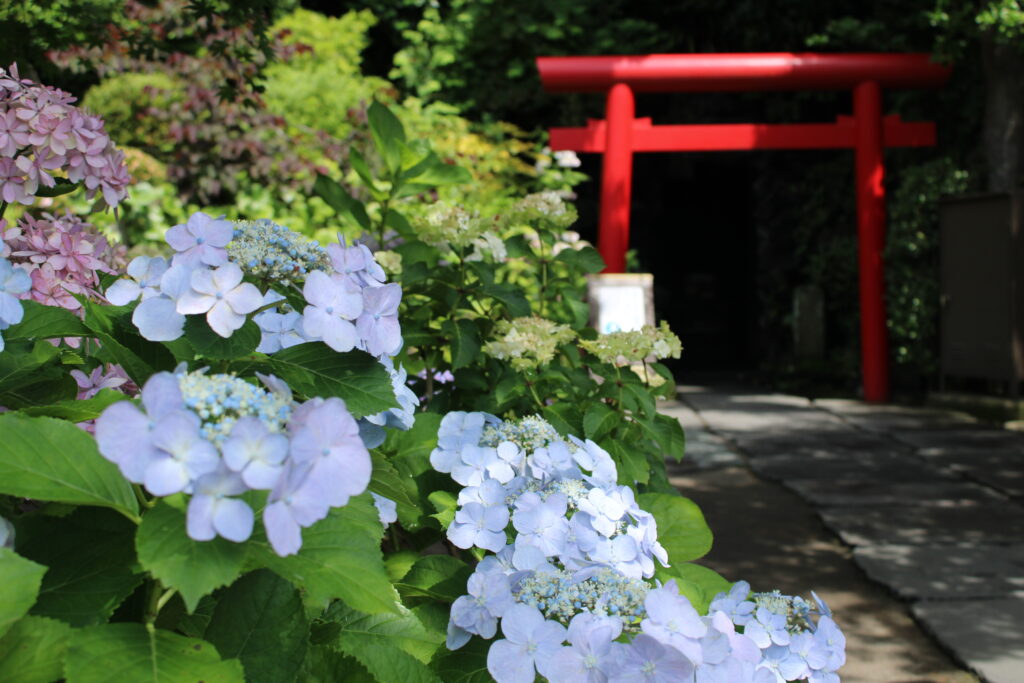
Kannon Hall
Upon climbing the stairs within the temple grounds to a higher point, you’ll find the Kannon Hall. Inside, there’s a statue of the Eleven-Faced Kannon, Japan’s largest wooden Buddhist statue. It’s majestic with its golden shine and impressive size, but photography is prohibited beyond the entrance, so I can only share photos up to there. Visiting the Kannon Hall at Hasedera is definitely a must!

Have you ever wondered who Kannon is? Kannon is one of the bodhisattvas mentioned in the “Heart Sutra” and transforms into various forms to save all beings in the world. Bodhisattvas are Buddhas in training, and Buddhas are considered bodhisattvas who have completed their training.

To explain further, there are four main types of Buddhist statues commonly seen in Japan, ranked in the following order where ① is considered the most revered:
① Tathagata (Shakyamuni Buddha, Amida Buddha, Yakushi Buddha, Dainichi Buddha, etc.)
② Bodhisattva (Holy Kannon, Eleven-Faced Kannon, Maitreya Bodhisattva, Jizo Bodhisattva, etc.)
③ Myo-o (Fudo Myo-o, Aizen Myo-o, etc.)
④ Celestial Beings (Taishakuten, Ashura, Benzaiten, etc.)
In summary, these are the main types. It was all a bit confusing before, but now it’s clear and organized.
Scenic View
Near the Kannon Hall, there’s an observation deck offering a great view all the way to the sea of Kamakura. Hasedera has varying elevations, so reaching here was a bit challenging but refreshing, and it swept away all fatigue!
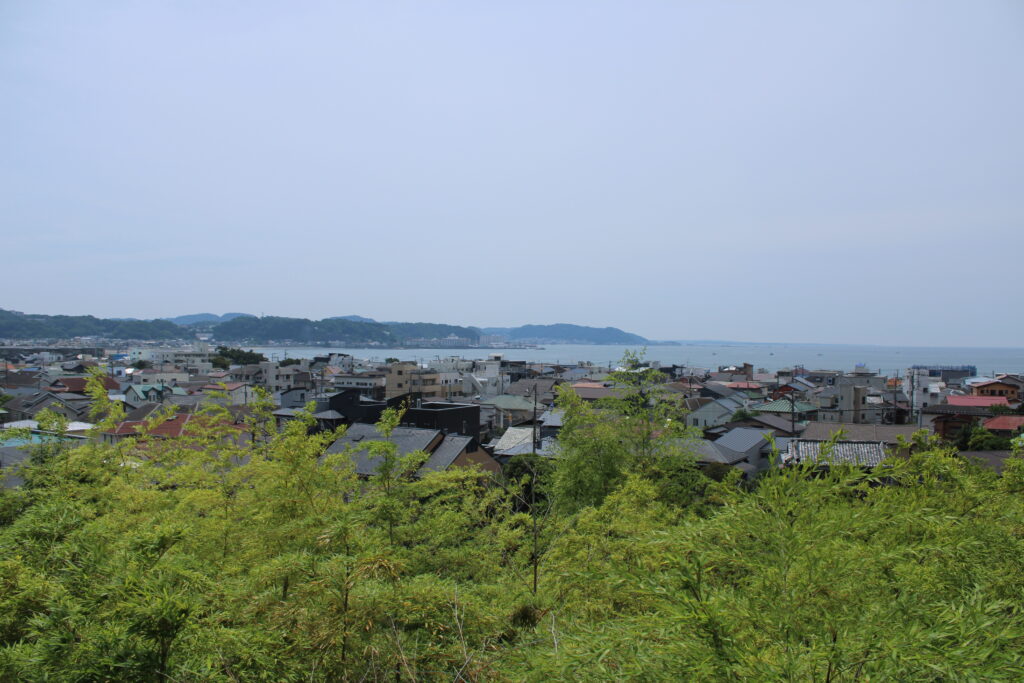
Hydrangea Flowers
Finally, about the hydrangeas, let’s wrap it up. They bloom widely throughout the entire temple grounds in various colors, offering ample enjoyment. Beyond the Kannon Hall, there’s a hydrangea path, but they charge an additional fee, so I opted out this time. If you have the money and time, though, I highly recommend visiting the hydrangea path.
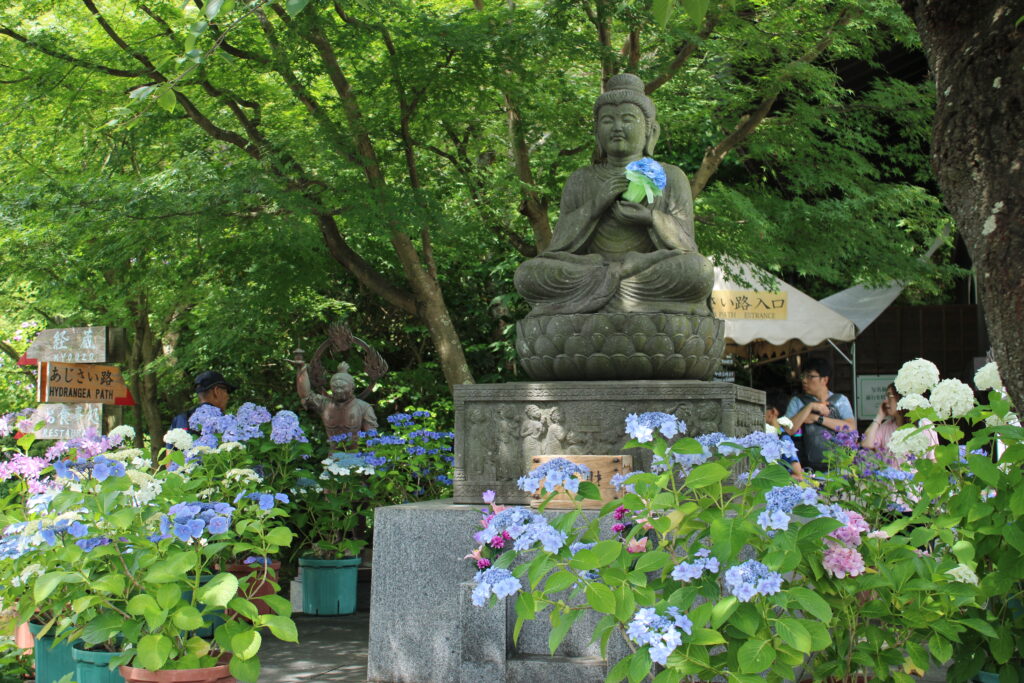
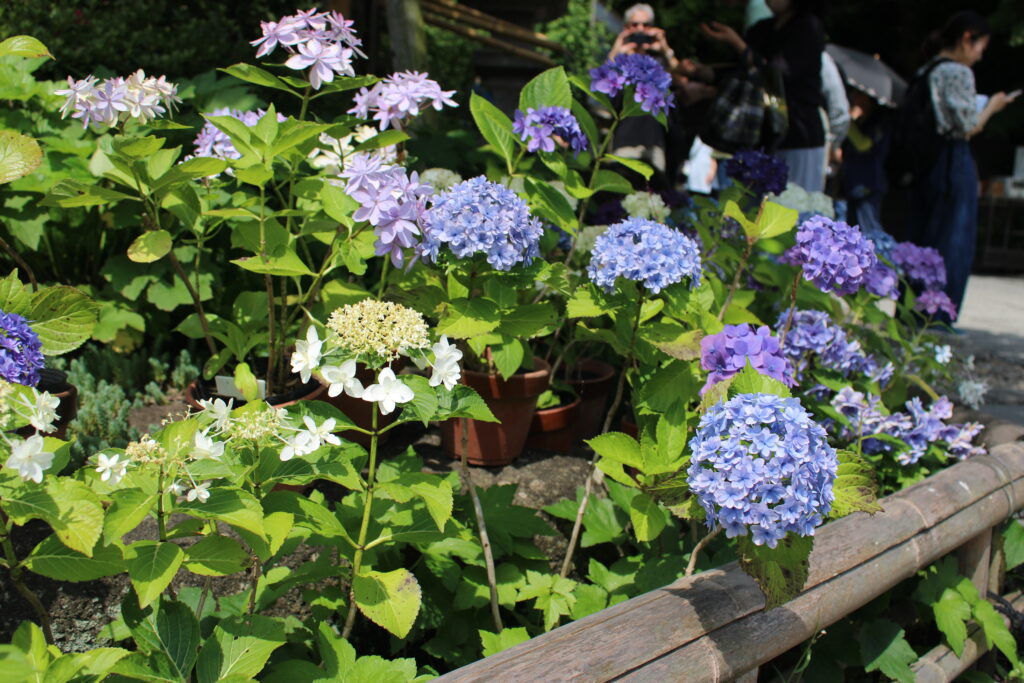
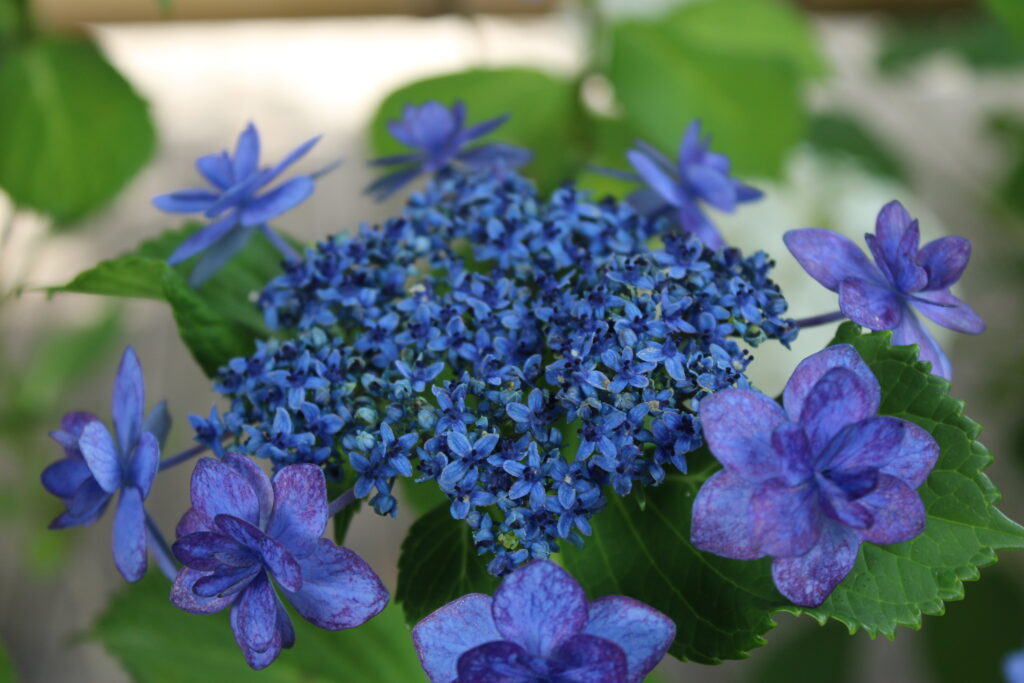

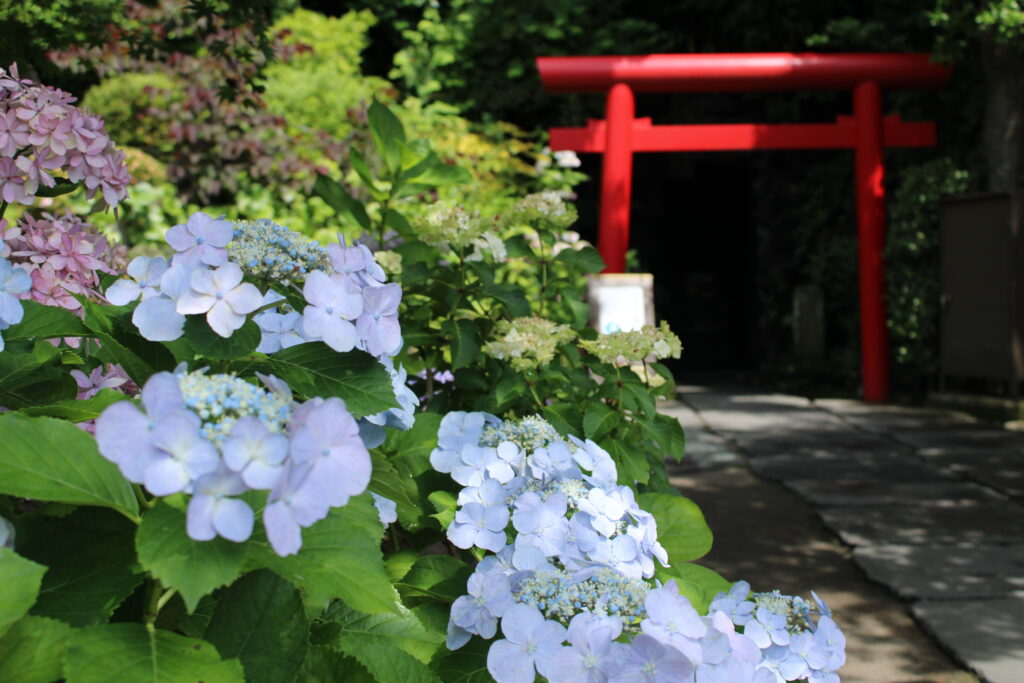
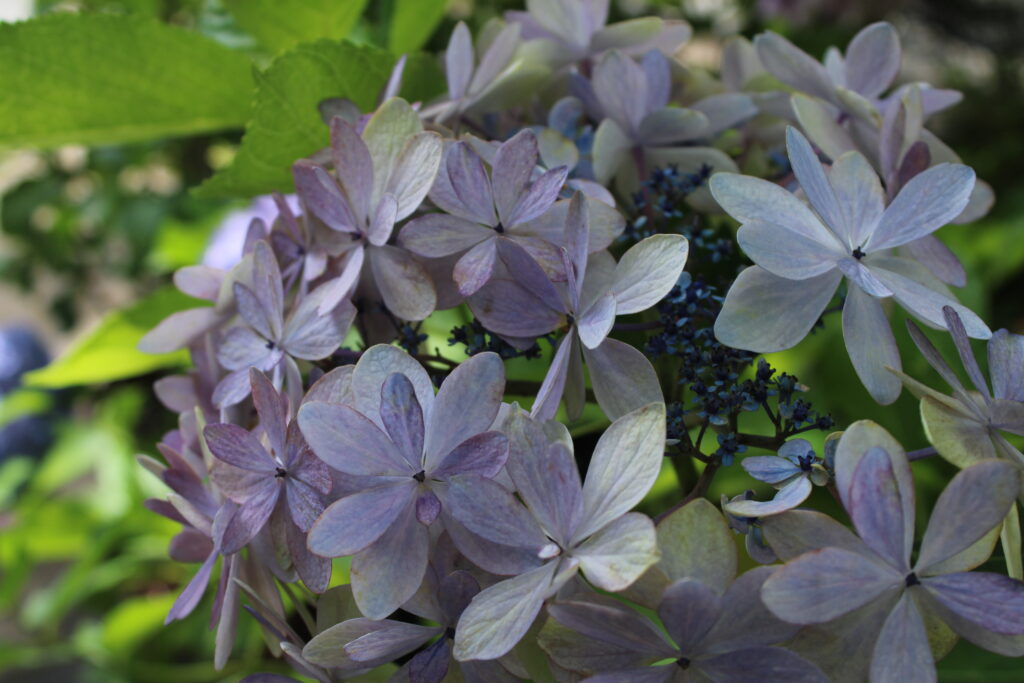
In conclusion, while the hydrangeas were beautiful, visiting on June 20th felt a bit late as some of the colors had dulled. It seems late May to early June might be the best time to visit. Nonetheless, even during this period, you can still enjoy vibrant and colorful hydrangeas, so it’s still worthwhile.
Conclusion
Hasedera lives up to its reputation as a famous temple with plenty of highlights. The grounds are meticulously maintained and incredibly beautiful. This time, I focused on the hydrangeas, but each season offers its own flowers like cherry blossoms and autumn leaves, making me want to visit again.
However, the downside of Hasedera is undoubtedly the crowds. Despite taking a weekday off to visit, it was quite busy due to the peak season for hydrangeas. Around Hase Station on the Enoshima Electric Railway, there are many popular temples like Hasedera and the Great Buddha at Kotoku-in, attracting a considerable number of tourists. Personally, I prefer exploring the grounds quietly and leisurely, so that aspect was a bit of a drawback.
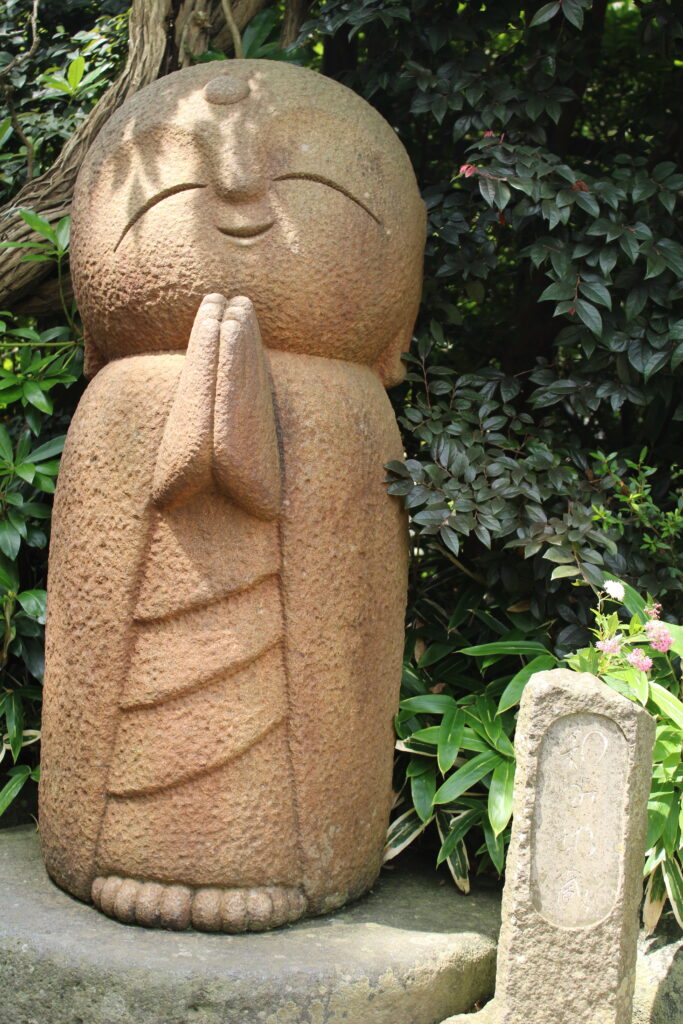
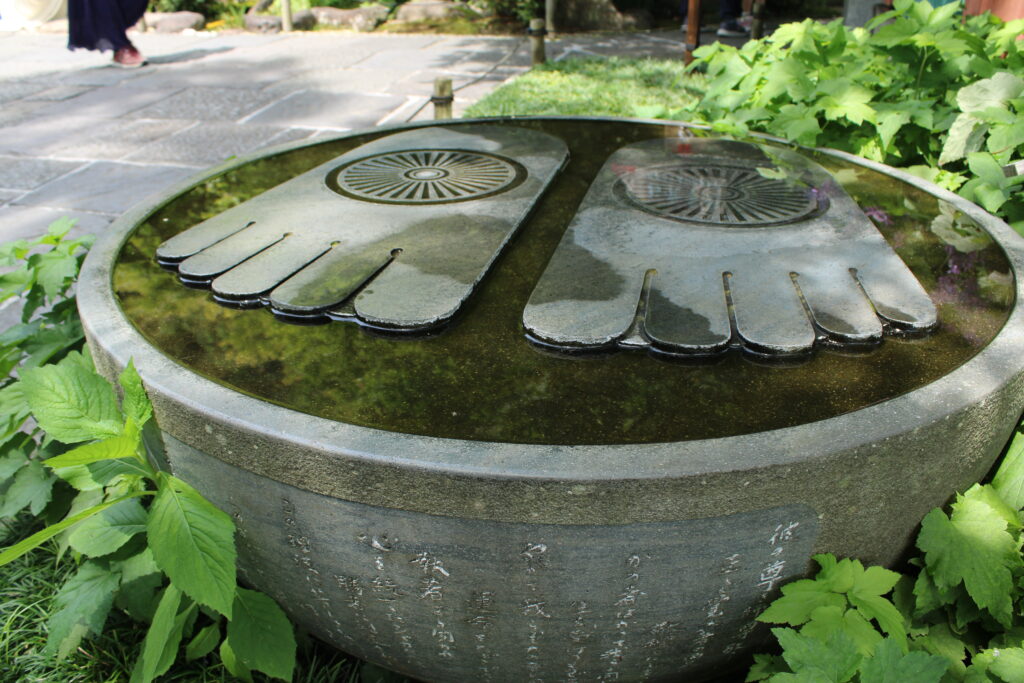



コメント